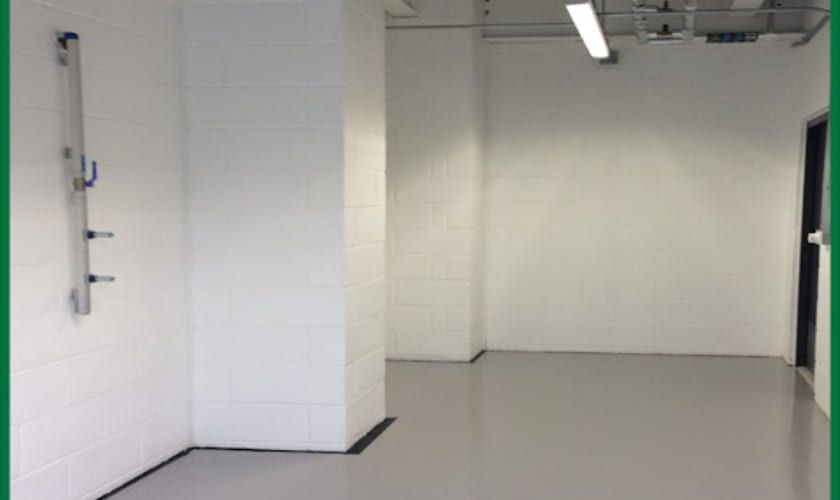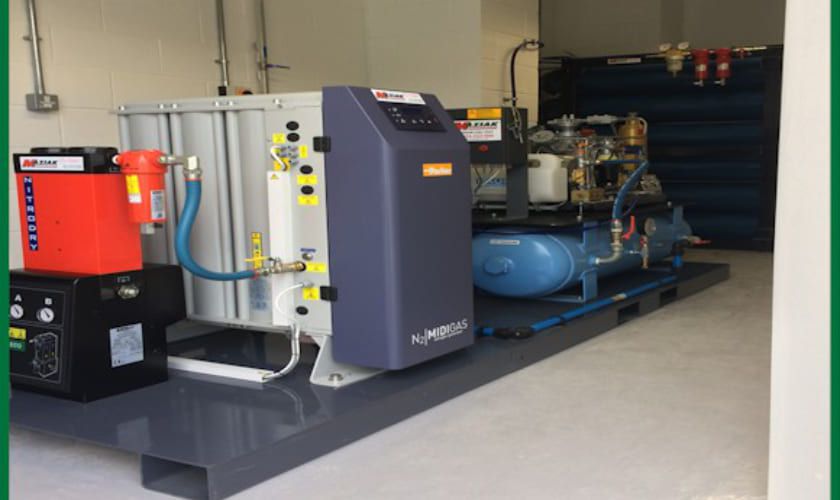Nitrogen gas generation is taking off
The Challenge
A world leading aircraft manufacturer recently invested in a brand new maintenance facility to support its commitment to supply and maintain critical military aircraft. Maziak were commissioned to design and install a dedicated Nitrogen Generation system to supply the tyre overhaul workshop as part of this major development.
The use of Nitrogen (N2) in aircraft tyres is the worldwide standard, also extending to race cars and in some places it is available for commercial and domestic use. The benefits of N2 are twofold:
- N2 gas is very dry, a key factor when an aircraft is descending from the chilly heights of 30,000ft and expecting the wheels to do their job.
- An N2 molecule is slightly larger than that of oxygen and so migrates at a much slower rate through the walls of the tyre.
These two factors ensure that the integrity of the tyres are maintained whatever the conditions.
The Solution
The traditional method of buying in packs of high pressure cylinders was initially considered as a source of nitrogen, however, following consultations with Maziak and Parker Domnick Hunter, a complete compressed air to Nitrogen Generation package was recommended to enable the facility to produce its own high-grade nitrogen gas for tyre inflation.
This gives a number of key benefits:
- The ability to generate nitrogen on demand is a more efficient option. There is no need to plan ahead to ensure bottles are delivered to the right place at the right time.
- On-site generation is also a much more cost effective solution. With no longer being at the mercy of liquid nitrogen suppliers and fluctuating gas costs.
- Health & Safety issues relating to the handling and storage of N2 are no longer relevant.
The system utilises the Parker Midi-gas generator and drying technology coupled with a high pressure Bauer booster to enable a large volume of readymade nitrogen captured from the air to be ready on demand.
The Result
Nitrogen is available 24/7 at the touch of a button to satisfy the manufacturer’s specific requirements, at reduced cost and improved efficiency compared to the traditional sourcing of N2.





